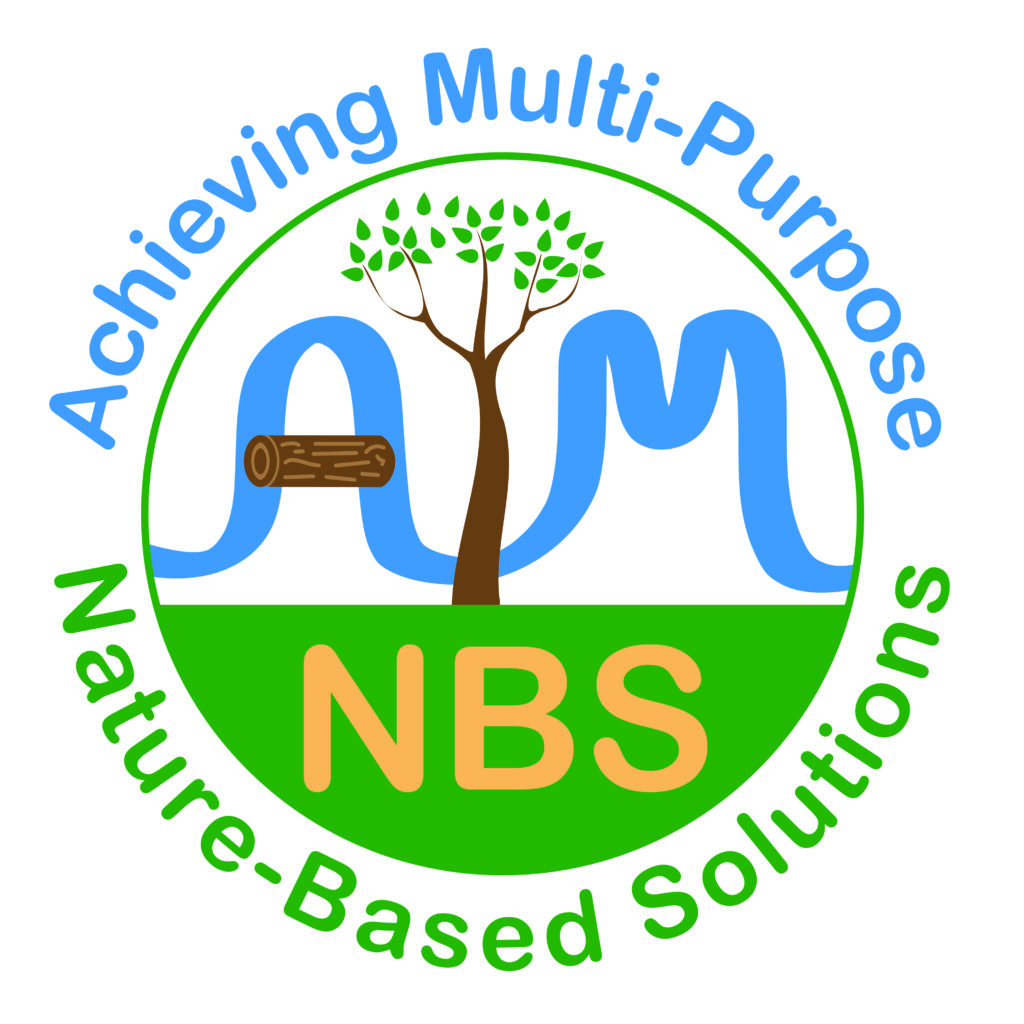Achieving multi-purpose nature-based solutions – In the context of the climate and biodiversity emergencies, there is a need not only to mitigate against these changes (for example, reduce CO2 levels), but also adapt to current and future water-related environmental pressures (flooding, drought, water quality). Evidence-based action is needed now.
Nature-based solutions (NBS) have been promoted as a way to help address these emergencies and support Scotland’s green recovery. NBS are central to global debates about sustainable natural resource management. In particular they have been identified as one solution to many water related environmental pressures. They are being considered more by many policy, industry and practice sectors, but the widespread rollout of NBS is slow to address the pressing emergencies and mitigate water-related pressure. Scientific evidence and guidance are needed to support implementation.
Project aim
This project, which started in April 2022 and runs until March 2027, aims to:
- Develop a multi-scale empirical understanding of the impact of NBS, based on hydrological, hydro-geomorphic, biogeochemical and ecological observations.
- Assess the water-related ecosystem services of a selection of NBS approaches on our landscapes and suggest ways in which the benefits can be enhanced.
- Assess the state of river corridors and their role in combating climate change, via ES impact indicator groups.
- Understand how to achieve transformative change via NBS that deliver multiple benefits and works across multiple sectors and scales.
About the project
This project has four core work packages focused on the following topics:
WP1
Creating a multi-scale empirical evidence database. Here we aim to create an evidence database of how measures function.
WP2
The role of land and runoff pathway NBS approaches in environmental change resilience. Here we will assess measure functioning, for example the role of runoff attenuation features (RAFs) for mitigating flood peaks and look for ways to enhance the benefits such as getting more benefits from edge of field margins.
WP3
The role of river corridors and management approaches in environmental change resilience. This working area will look at the important services provided by river corridors. For example, it has recently reported on a Drivers-Pressures-State-Impact-Response (DPSIR) approach to evaluate river corridor climate resilience functions and produced a data synthesis for developing riparian corridor units. Case studies in this WP include the Beltie Burn, a nationally important example of best practice into river restoration (see year 1 and year 2 findings).
WP4
This WP focuses on the challenges and opportunities for ‘upscaling’ and ‘mainstreaming’ NbS. We use a variety of social science methods to connect the literature on environmental governance and NbS to ongoing real-life places and processes in Scotland. We are currently carrying out work on knowledge use for NbS that is linked to the Riverwoods Evidence review, and are working in Anstruther to understand local citizen and business views on NbS. Our outputs will offer academic insights about conceptualising and enabling NbS across urban and rural settings, and practical insights about the key actors, approaches, funding arrangements, and evidence required to enable more effective planning, implementation, and monitoring of NBS.
The use of evidence in Riverwoods. A briefing in slideshow format by Keith Marshall, Tami Wooldridge and Kerry Waylen, March 2025.
Understanding perceptions of Nature-Based Solutions: understandings, motivations and factors shaping potential engagement. Alhassan Ibrahim, Esther Banks and Kerry Waylen, March 2025.


